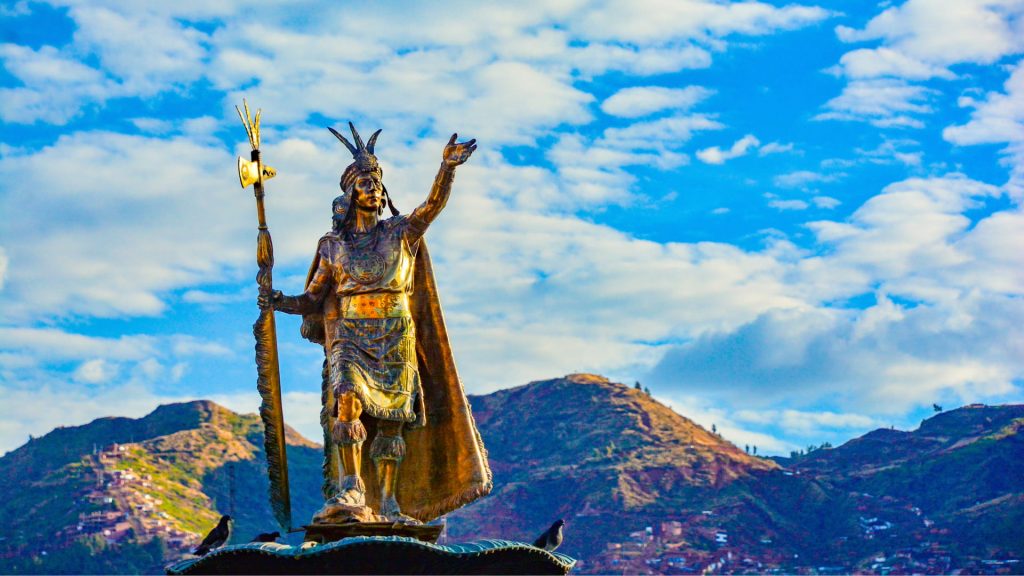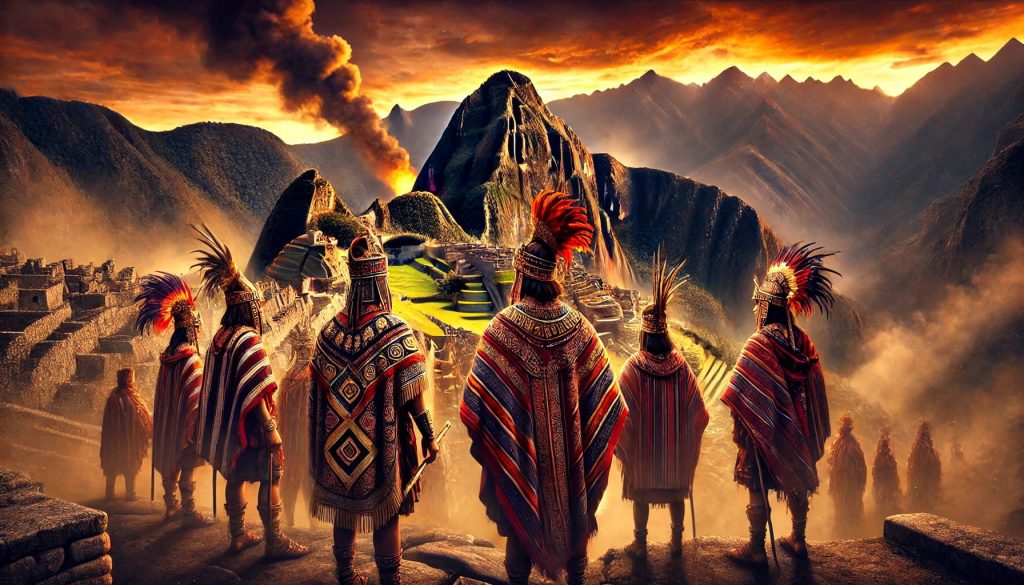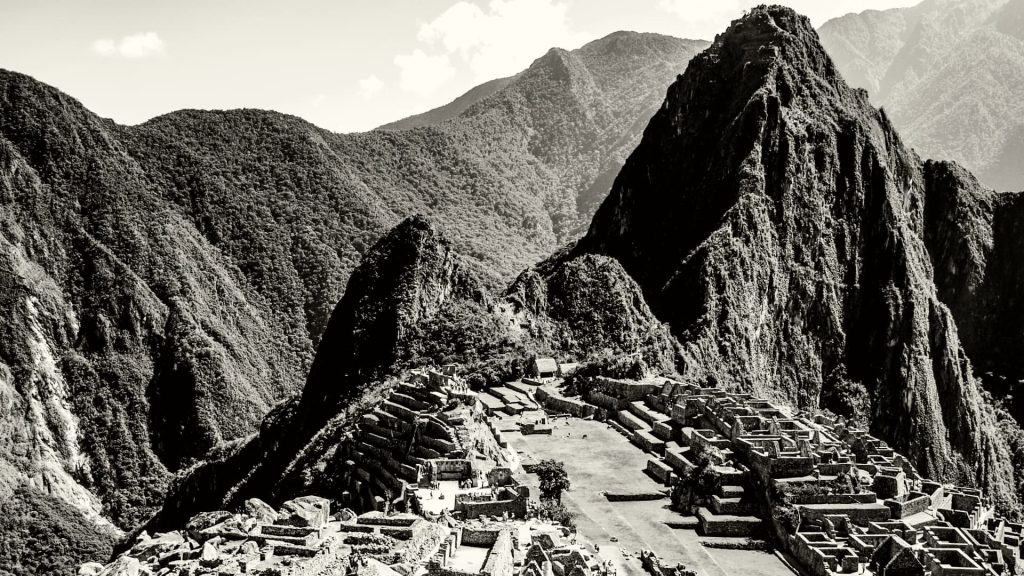Inca Culture in Peru: Daily Life, Customs, and Clothing
One of the most fascinating cultures of pre-Columbian history is the Inca culture in Peru, which thrived in the South American Andes between the 13th and 15th centuries. With Cusco as its sacred capital, the Inca Empire was remarkable for its social and political organization. Today, the legacy of the Inca culture in Peru lives on through architecture, community traditions, and vibrant Andean heritage that continues to captivate travelers and historians alike.

Daily Life and Customs of the Inca Civilization
The Inca culture in Peru was closely tied to nature and communal living. Central to daily life was the principle of ayni, a system of reciprocity where community members supported one another in farming, construction, and other chores.
Music, dance, and ritual ceremonies played a vital role in Inca customs, with festivals like Inti Raymi celebrating the sun god Inti. During these events, communities gathered to perform dances, offer sacrifices, and share feasts, reinforcing social bonds and spiritual beliefs.
The Andean lifestyle was also guided by respect for the natural environment, reflecting a deep connection between human activity and the rhythms of the mountains, rivers, and agricultural cycles.

Clothing and Social Status in Inca Culture
In the Inca civilization, clothing was a symbol of social hierarchy and regional identity. Common people wore simple wool tunics, while the nobility adorned themselves with luxurious garments made of vicuña wool, embroidered and decorated with gold or silver jewelry.
Men typically wore the unku, a tunic, along with a llautu headband, whereas women dressed in the anacu, a long dress fastened with colorful sashes. This clothing system not only distinguished social status but also represented cultural identity and the craftsmanship of the Andean weavers.
Even today, traditional attire inspired by Inca clothing can be seen in festivals across Cusco, linking modern Andean culture to its historical roots.

Inca Religion and Sacred Beliefs
The Incas were deeply religious and polytheistic, worshipping deities closely tied to nature. Their creator god, Viracocha, was revered as the origin of life, while Inti, the sun god, was considered the direct ancestor of Inca rulers.
Other significant deities included Pachamama, the mother earth goddess, and Illapa, the god of thunder and rain. The Incas believed in three sacred planes of existence:
- Hanan pacha: the world of the gods, symbolized by the condor.
- Kay pacha: the earthly world of humans, symbolized by the puma.
- Uku pacha: the world of ancestors and the dead, symbolized by the snake.
These beliefs guided the daily life and customs of the Inca civilization, influencing architecture, agriculture, and ceremonial practices.
Explore the rich Inca culture in Peru with Ali Peru Treks and immerse yourself in the wonders of Cusco, Machu Picchu, and traditional Andean festivals. Discover a civilization whose legacy still shapes the heart of Peru today.



